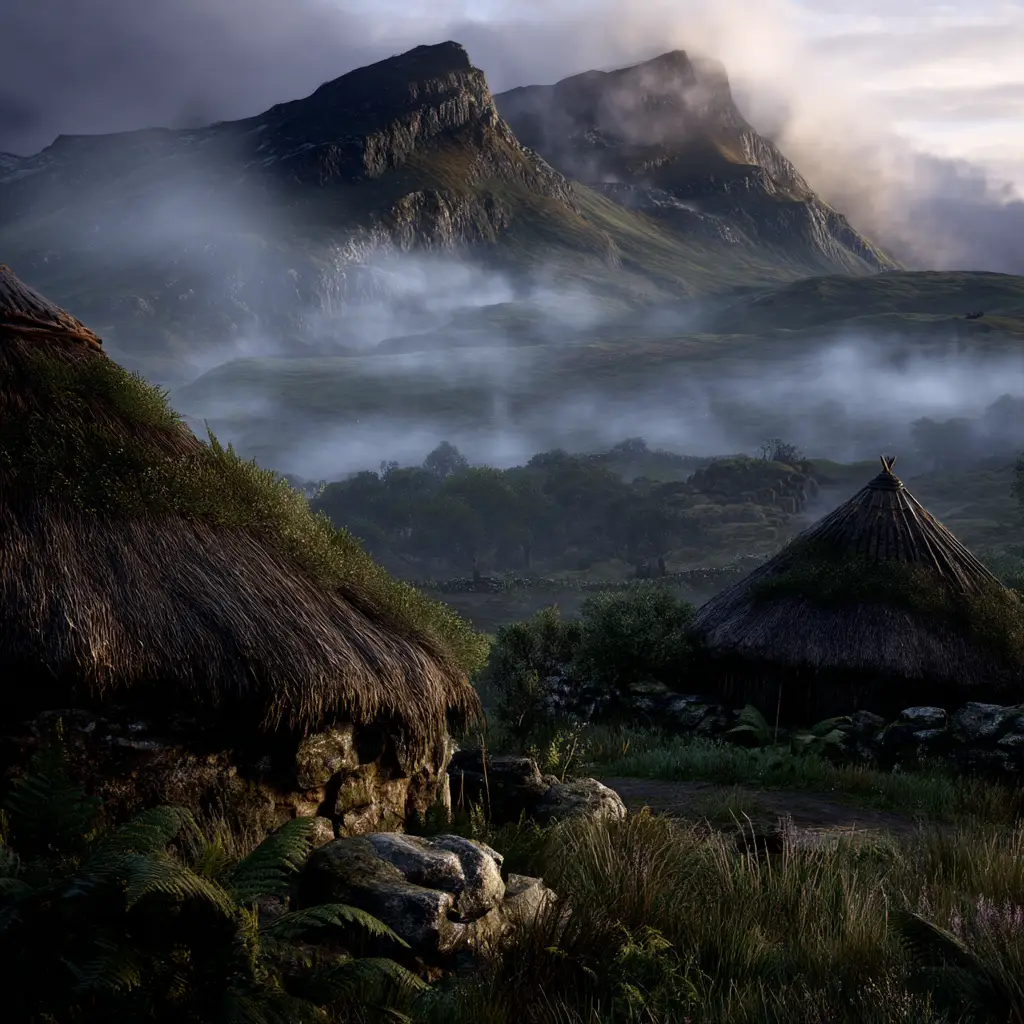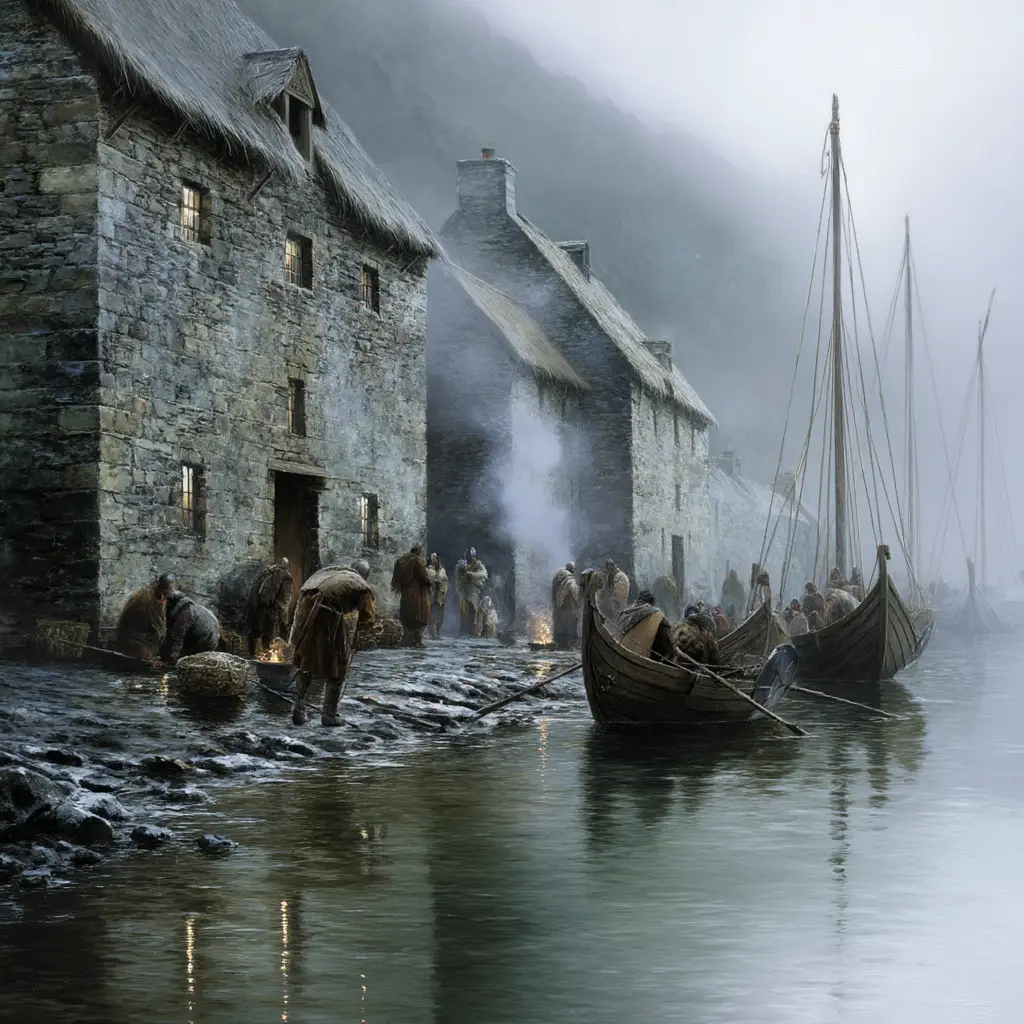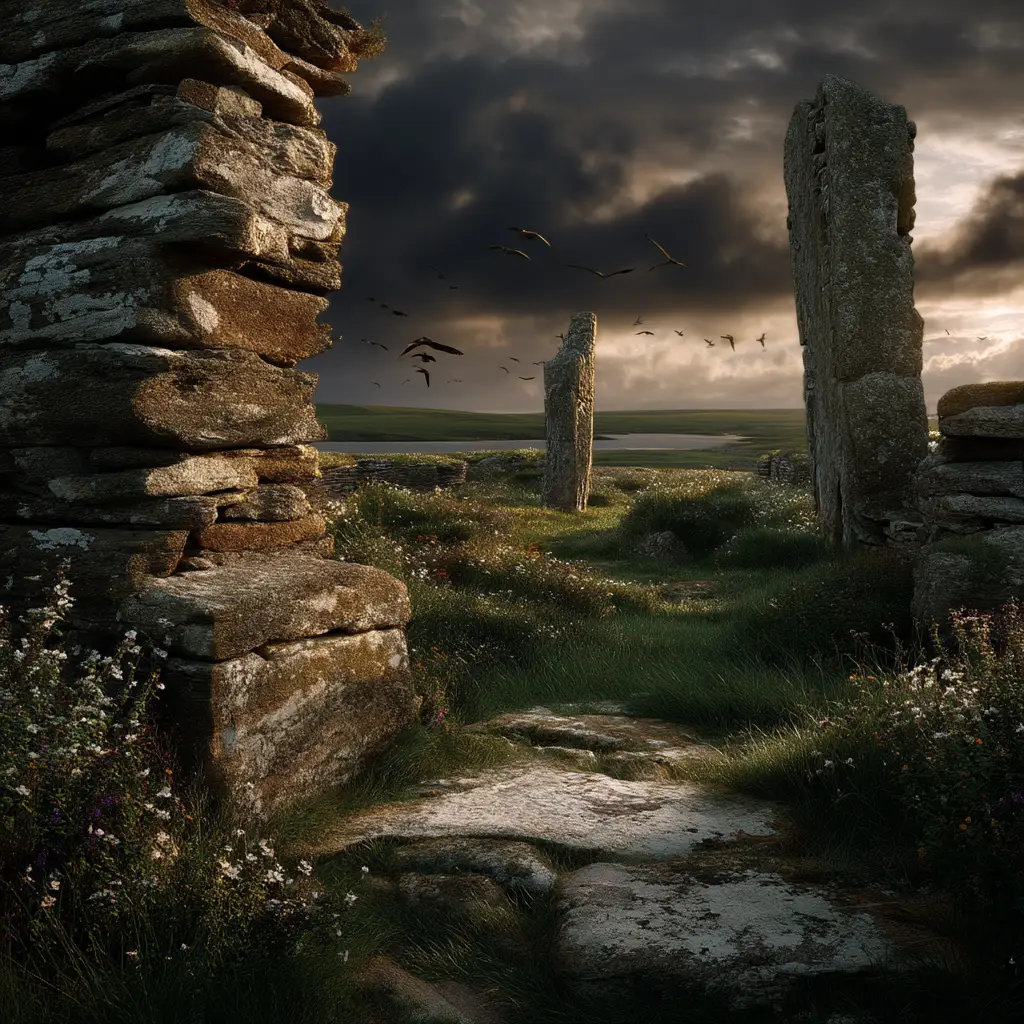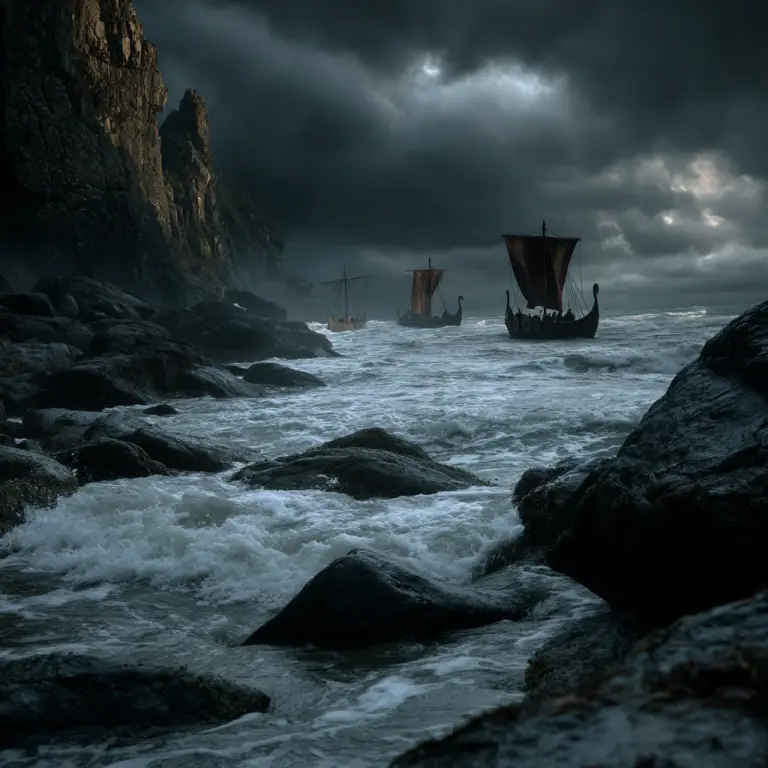Vikings in Scotland: A Lasting Legacy
The Viking presence in Scotland left a deep and lasting mark on the country’s history, landscape, and culture. From the late 8th century onward, Norse warriors, traders, and settlers arrived on Scottish shores, influencing everything from local place names to political power.
Arrival of the Vikings
The first recorded Viking raid in Scotland took place in 793 AD, when Norsemen attacked the monastery of Lindisfarne, just south of the Scottish border. Shortly after, Scotland itself became a target. Coastal monasteries, including those in the Western Isles and along the north coast, were especially vulnerable to these early raids.
Raiding and Settlements
While early Viking activity focused on raiding, it soon evolved into settlement. By the 9th century, Norse settlers had established themselves in key areas:
- Shetland and Orkney Islands: The Norse took control of these islands, using them as bases for further exploration and expansion.
- Hebrides and the West Coast: Vikings settled across the Western Isles, blending with local Gaelic populations.
- Caithness and Sutherland: The far north of mainland Scotland saw heavy Norse influence, visible today in local place names and archaeology.
Culture and Influence
The Vikings did not just come as invaders—they also came as farmers, traders, and craftsmen. They introduced new boat designs, farming methods, and artistic styles. Evidence of Norse culture can be seen across Scotland in:
- Runestones and carved crosses that blend Celtic and Norse styles.
- Language: While Gaelic remained strong in the west, Old Norse influenced local dialects, particularly in Orkney and Shetland.
- Place names like Stornoway (from Old Norse Stjórnavágr) and Wick (from vík, meaning bay).
- Archaeological finds including longhouses, burial mounds, and ship graves.
- Law and Governance: Norse legal traditions shaped the systems in the islands, including the use of the Thing (assembly) for local governance.
Conflict and Integration
The Norse presence in Scotland was not without conflict. The Vikings clashed with the Picts, Gaels, and later the emerging Scots kingdom. By the 11th and 12th centuries, the Scottish crown sought to reclaim territories under Norse control, culminating in important events:
- Battle of Largs (1263): A significant though inconclusive battle between the Scots and the forces of King Haakon IV of Norway, marking the decline of Norse influence.
- Treaty of Perth (1266): Norway ceded the Hebrides and Isle of Man to Scotland, ending centuries of Norse political power, though cultural ties remained.
Political Impact
The Norse presence reshaped the political map of Scotland. The Earldom of Orkney became a powerful Norse territory, often acting independently from both Norway and Scotland. In the Hebrides, Norse-Gaelic kingdoms such as the Kingdom of the Isles emerged, blending Viking and Celtic traditions.
It was not until the 13th century that Scotland fully reasserted control over these territories. The Treaty of Perth (1266) marked the formal end of Norwegian rule in the Hebrides and Isle of Man, though Orkney and Shetland remained under Norwegian rule until the 15th century.
Legacy Today
The Viking legacy is still visible across Scotland today. Many local festivals, such as Up Helly Aa in Shetland, celebrate Norse heritage with Viking-themed parades and rituals. Museums and archaeological sites in Orkney, Shetland, and the Western Isles offer insights into this dynamic period of Scottish history.
Visitors can explore remarkable sites such as:
- Jarlshof (Shetland) – A multi-period archaeological site with Norse longhouses.
- Brough of Birsay (Orkney) – The ruins of a Viking settlement and church.
- Lewis Chessmen (Isle of Lewis) – Famous medieval chess pieces believed to be of Norse origin.



